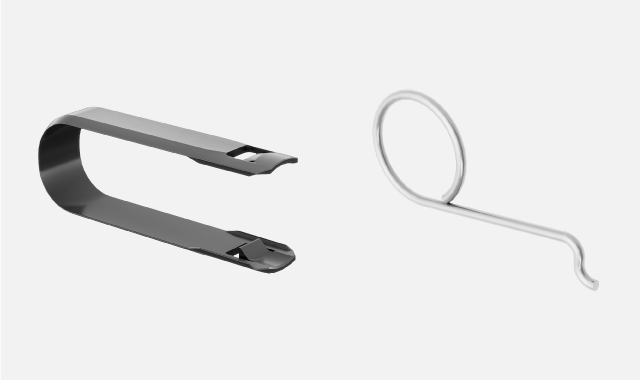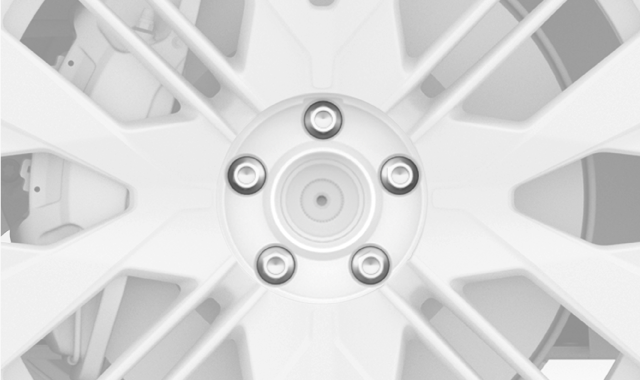Warning
Raising the vehicle to change a tire
Changing a wheel requires that you raise the wheel off the ground. Carefully follow the separate instructions for raising the vehicle safely.
- If you are changing a tire in or close to traffic, make sure you and the vehicle are clearly visible to others. Activate the hazard warning flashers, put out a warning triangle in a visible but safe place and wear a reflective vest.
- Designate a safe space for passengers to wait, away from both the vehicle and traffic.
- You are responsible for safety around the vehicle while it is raised. Do not allow people inside or close to the vehicle.
- Never get under the vehicle or let anyone reach under it with any part of their body while it is raised with a jack.
Note
Before removing the wheel
The wheels on your vehicle are fastened with wheel bolts. For extra security, you can use lockable bolts.
Removing the wheel
Depending on rim equipment:

- 1Remove the plastic caps covering the lug nuts with the specialized tool.
- 2Insert the tool into the hole in the middle of the lug nut cap and then pull to remove the cap.
Tip
Mounting the wheel
Warning
- The front and rear wheels are different sizes. Make sure you put them on the correct axle. Incorrectly mounted wheels can affect handling.
- Never use lubricant on the threads of the wheel studs. This could cause the lug nuts to loosen after tightening.
Fasten the lug nuts in a crosswise pattern. If you are using lockable bolts, finish with those.
It's very important to secure the fasteners properly. Tighten to 140 Nm (103 lb-ft). Check the tightening torque with a torque wrench. Over-tightened or loosely tightened nuts can damage the threads of the wheel studs or the wheel itself.

- Place the wheel fastener cover back over the fasteners, using the guide markers to position it correctly, then press it into place.
- Refit the plastic caps over the nuts.
Warning
Check the wheel fasteners
The lug nuts may need to be retightened a few days after the tire has been changed. Temperature differences and vibrations may cause them to loosen.
Wheel properties after a tire change
Be attentive to signs of incorrectly mounted wheels. This could affect the vehicle's braking characteristics and the ability to deflect rain and slush.
When you have changed the type or size of the tires, you should drive carefully at first. The dynamics and driving characteristics of the tires may have changed.





